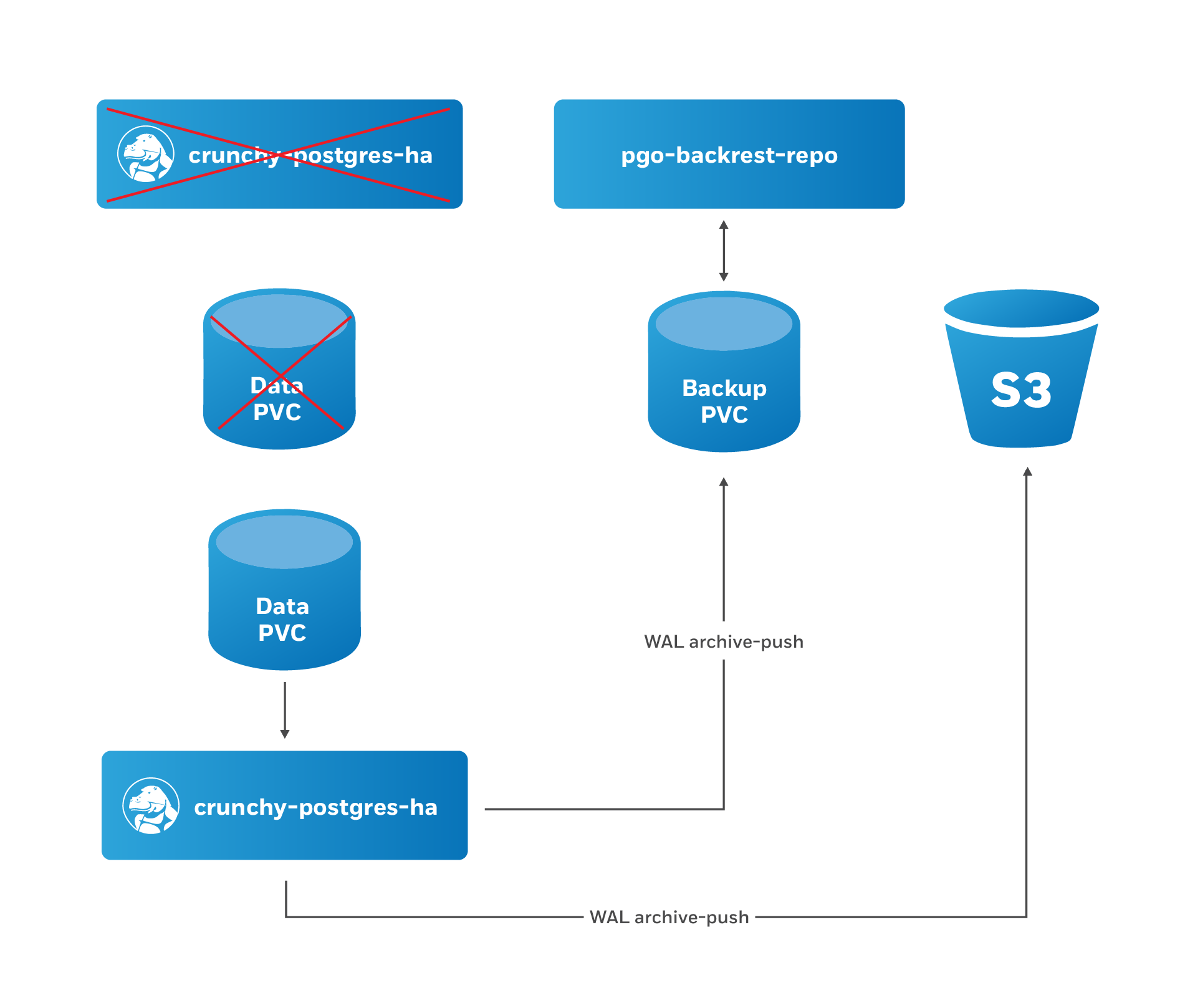
Thats why query: SELECT COUNT(b.id) FROM B b WHERE b.id NOT IN. It is heavily used to match string values to a specific pattern and then filter the results based on the condition.

Regular Expressions, also known as RegEx are pattern matching criteria that can filter data based on the pattern. We will use the customer table from the sample database for demonstration. There was records in A, which has NULL values in A.idb. In this article, I am going to talk about using regular expressions in a Postgres database. To select rows that satisfy a specified condition, you use a WHERE clause. Let’s practice with some examples of using the WHERE clause. The SELECT statement returns all rows from one or more columns in a table. Return true if a value is between a range of values

Return true if a value matches any value in a list To form the condition in the WHERE clause, you use comparison and logical operators: Operator
POSTGRESQL WHERE IN UPDATE
If you use column aliases in the SELECT clause, you cannot use them in the WHERE clause.īesides the SELECT statement, you can use the WHERE clause in the UPDATE and DELETE statement to specify rows to be updated or deleted. PostgreSQL evaluates the WHERE clause after the FROM clause and before the SELECT and ORDER BY clause: In other words, only rows that cause the condition evaluates to true will be included in the result set. The query returns only rows that satisfy the condition in the WHERE clause. It can be a boolean expression or a combination of boolean expressions using the AND and OR operators. The condition must evaluate to true, false, or unknown.

The WHERE clause uses the condition to filter the rows returned from the SELECT clause. The WHERE clause appears right after the FROM clause of the SELECT statement. ORDER BY sort_expression Code language: SQL (Structured Query Language) ( sql )


 0 kommentar(er)
0 kommentar(er)
